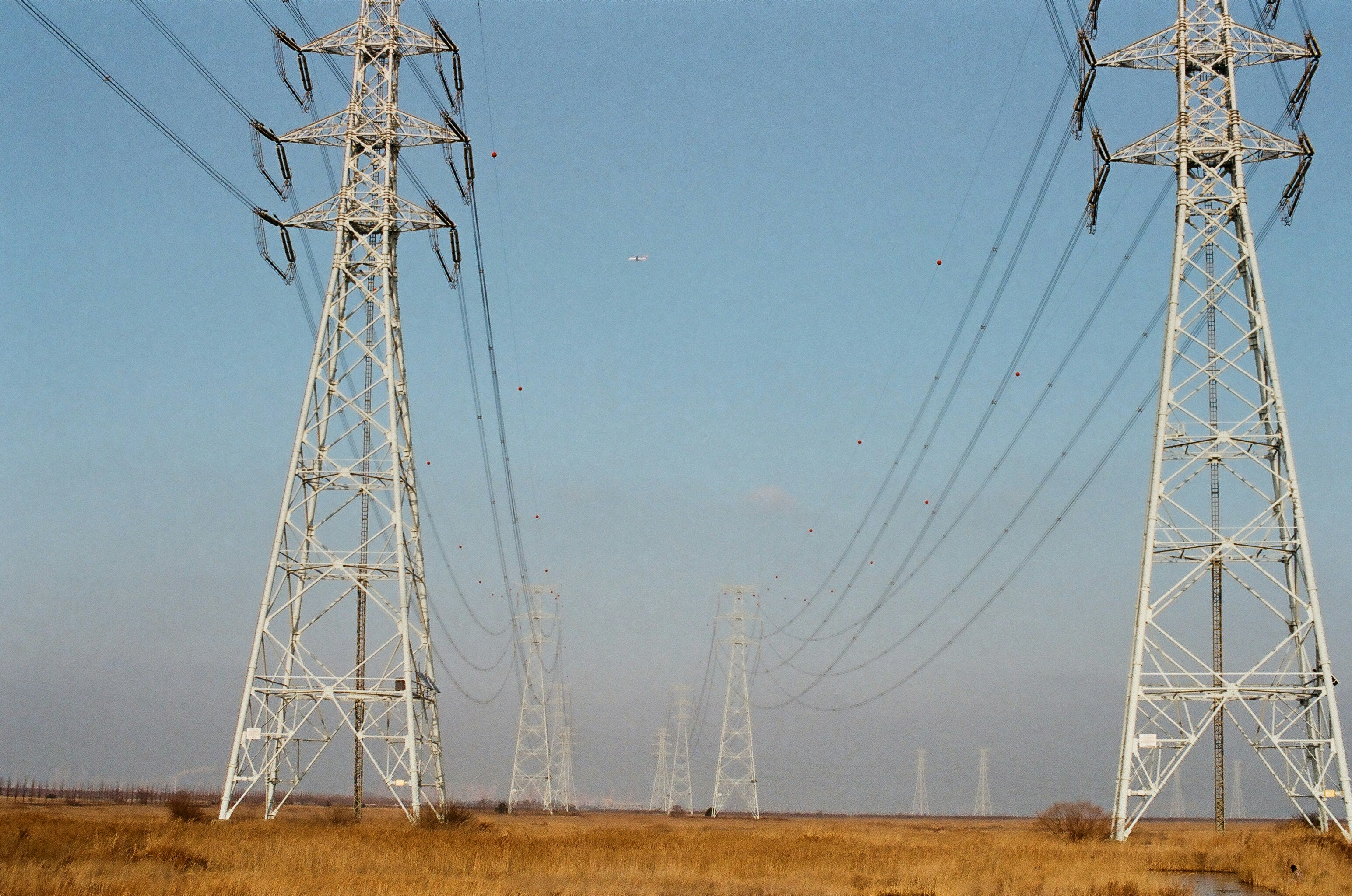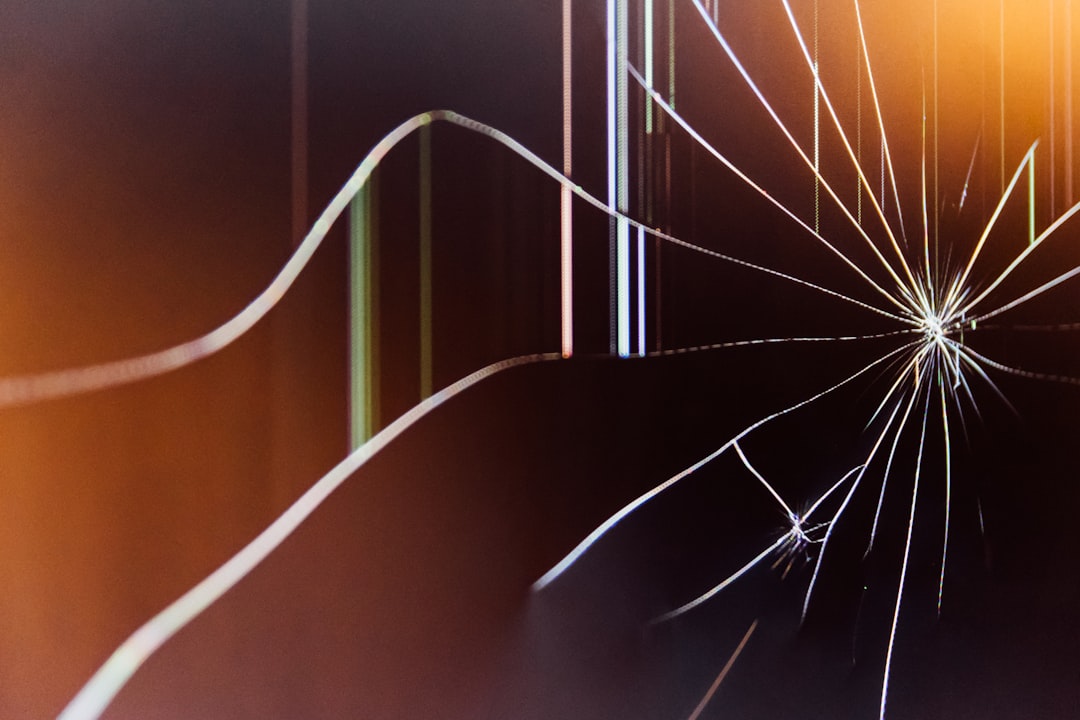What is it about?
All-optical functions implemented with semiconductor optical amplifiers (SOAs) have attracted considerable research interest because of their integration potential, high stability, small footprint, and power efficiency. Despite these attractive features, the quantum-confined Stark effect (QCSE) has rarely been exploited within SOAs to develop all-optical digital processing. A strong QCSE may be generated, for instance, in zinc-blende quantum well (QW) structures, where due to lack of inversion symmetry, application of strain along 111 direction induces a significant internal piezoelectric field (MV/m). The piezoelectric field tilts the energy bands in the QWs and red-shifts the absorption edge (and the excitonic resonances), which is known as the QCSE. Nevertheless, photoexcited carriers screen the piezoelectric field and blue-shift the absorption edge as a function of the input optical power. Accordingly, the absorption coefficient and the refractive index of the QWs can be modified by changing the input power, with which it is possible to devise ultra-fast all-optical functions. Therefore, in this type of structure, such as that used in MQW-SOAs, the piezoelectric field is the main parameter that sets the initial energy and the (optically controlled) span of the blue shift of the optical transitions. Thus, it is crucial to determine the piezoelectric field in the QWs of a given amplifier to assess whether the device is suitable for performing all-optical functions based on the QCSE. This work presents a model and procedure for determining the piezoelectric field in an MQW-SOA.
Featured Image

Photo by JJ Ying on Unsplash
Why is it important?
It is crucial to determine the piezoelectric field in the quantum wells of a given semiconductor optical amplifier to assess whether the device is suitable for performing all-optical functions based on the quantum-confined Stark effect. For such purpose, the method proposed here allows the direct experimental determination of the piezoelectric field through an analytical expression. This particularity further allows estimating, with high reliability, the precision of the result and how it is affected by the accuracy of each used measuring instrument (or technique). It is worth mentioning that even though the implemented technique has been specially designed to experimentally determine the piezoelectric field acting in each of the QWs of an MQW-SOA, it can be applied to any p-iMQW-n structure with electrodes and strained [111]-oriented zinc-blende QWs.
Perspectives
I hope that with this article, specialists in the field may be interested in using the QCSE in SOAs to perform all-optical functions.
HORACIO SOTO-ORTIZ
CICESE Research Center
Read the Original
This page is a summary of: Direct determination of the piezoelectric field using the quantum-confined Stark effect in a strained [111]-oriented zinc-blende MQW-SOA, AIP Advances, October 2022, American Institute of Physics,
DOI: 10.1063/5.0119673.
You can read the full text:
Contributors
The following have contributed to this page










